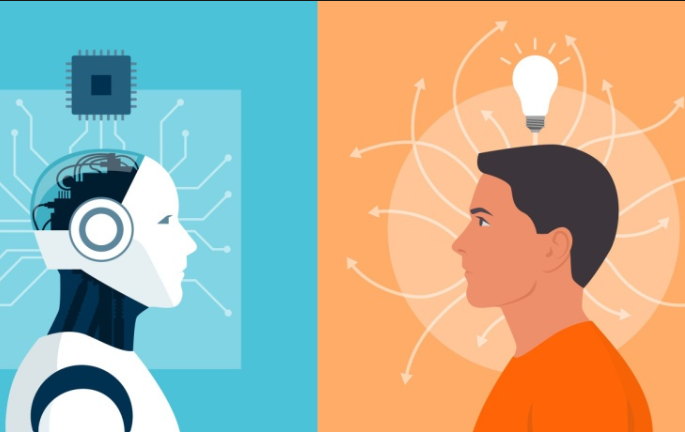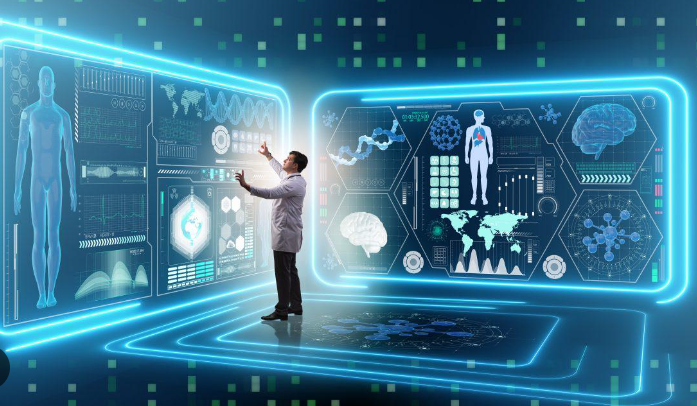Doctors will be able to more accurately anticipate their patients’ risk of mortality with the use of artificial intelligence (AI), which will improve healthcare decision-making.
Only 22% of Americans, according to study, have a written record of their end-of-life desires. Because of this, a group at OSF HealthCare in Illinois is utilizing artificial intelligence to help doctors identify which patients have a higher risk of passing away while they are hospitalized.
According to an OSF press release, the team created an AI model that can estimate a patient’s probability of passing away five to 90 days after being admitted to the hospital. The objective is to enable the professionals to have crucial end-of-life conversations with these patients.
About Artificial Intelligence
In contrast to human or animal intelligence, artificial intelligence (AI) refers to the intelligence of machines or software. Additionally, it is the area of computer science that produces and researches intelligent machines. The phrase “AI” can also refer to the computers themselves.
It can be too late for patients to express their wishes if they are put on a ventilator or become unconscious.

In an ideal world, Handler said, the mortality predictor would save patients from passing away without receiving the full benefit of the hospice care they may have received if their plans had been captured earlier. Due to a “sense of urgency,” the researchers started the model at five days and ended it at 90 days, despite the fact that a normal hospital stay lasts four days.
A new covid drug created by AI starts phase I clinical trials
Over 75,000 patients from various racial, ethnic, gender, and socioeconomic backgrounds comprised the data set used to evaluate the AI model.
One in twelve patients experienced fatality, according to a study that was just published in the Journal of Medical Systems. However, the mortality rate jumped to one in four — three times greater than the average — among those who were identified by the AI model as having a higher risk of passing away during their hospital stay.
According to the research team, the model’s testing before and after the COVID-19 epidemic produced essentially identical outcomes.

According to Handler, the patient mortality predictor was trained using 13 different categories of patient data.
He said: “That included clinical trends, like how the patients’ organs are functioning, along with how frequently they’ve had to visit the health care system, the intensity of those visits, and other information, like their age.”
The artificial intelligence then utilizes that data to determine whether the patient would pass away within the following five to 90 days.
Expert on artificial intelligence identifies potential drawbacks
While acknowledging the potential advantages of OSF’s methodology, Dr. Harvey Castro, a board-certified emergency medicine physician with a practice in Dallas, Texas, and a nationally recognized speaker on artificial intelligence in healthcare, drew attention to several potential hazards and restrictions.
Potential false positives is one of such. “If the AI model predicts an incorrectly high risk of mortality for a patient who is not actually at such risk, it could lead to unnecessary distress for the patient and their family,” Castro said.
Important end-of-life discussions may be postponed or never have taken place if the AI model is unable to detect a patient who is at high danger of dying, the expert warned. The patient might not get the care they would have wanted in their dying days as a result of this.
Castro cautioned that there are also other dangers to consider, such as an overreliance on AI, privacy issues regarding the data, and potential bias if the model is trained using a small dataset, which can result in discrepancies in care recommendations for other patient groups.

The expert suggested pairing these models with human interaction.
“Discussions about the end of life are delicate and can have significant psychological effects on a patient,” he said. “Healthcare providers should combine AI predictions with a compassionate human touch.”
The expert continued, “Continuous monitoring and feedback are essential to ensure that such models remain accurate and helpful in real-world scenarios.”
Click here, to know more about Artificial Intelligence.
Also Read: Arm Stock Increases By Almost 20% In An Eagerly Awaited IPO
Image Source: Google, Instagram




































